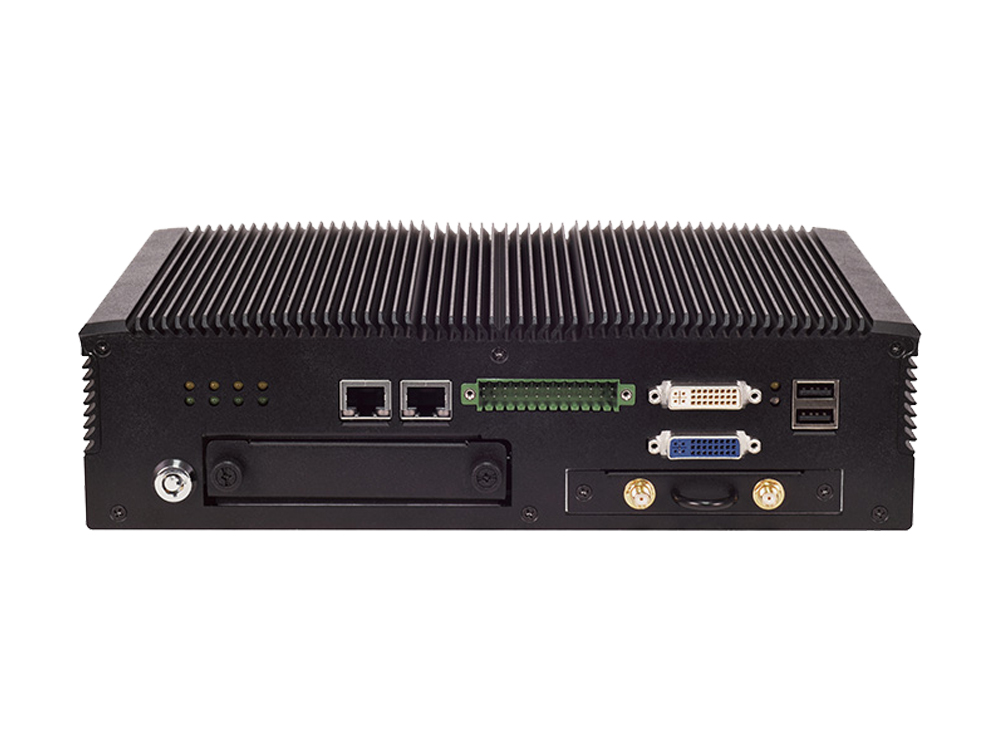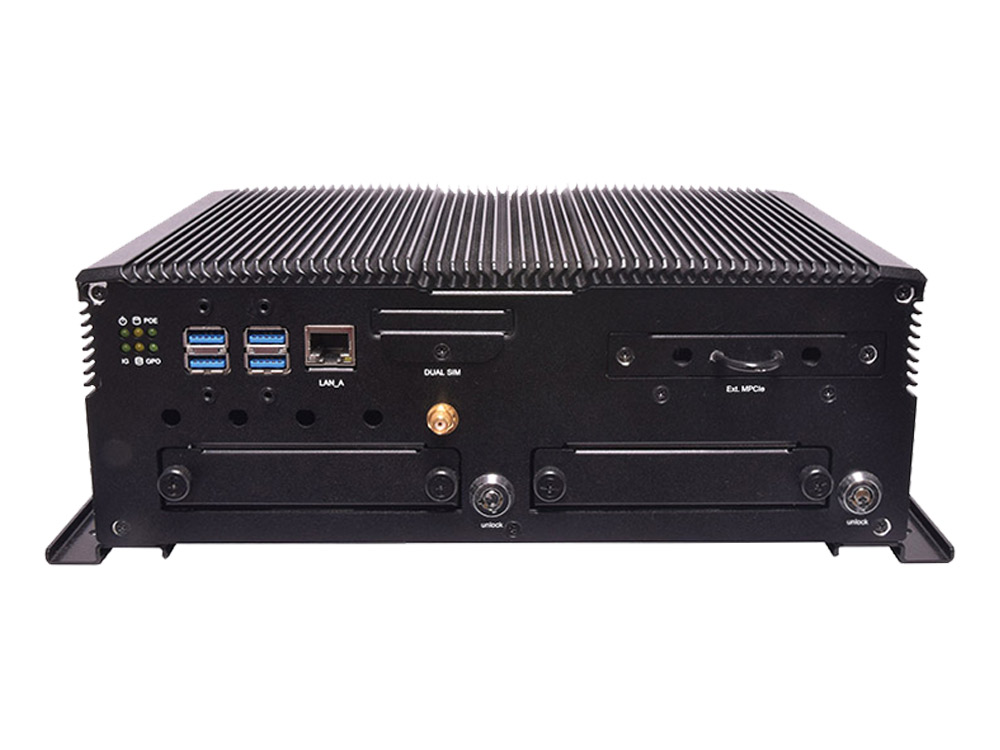Mobile Marketing is the Trend
Both digital signage and vehicles have been used for advertising for decades, but it is until recent years that both have been integrated to expand the advertising paradigm. Digital signage had long been adopted solely in stationary environments, such as elevators and lobby, while vehicles were frequently used for traditional radio and poster ads. Recently, digital signage has been integrated onto vehicles to form a mobile marketing platform.
Indeed, vehicle-mounted digital signage has shown potentials for next-generation marketing, as vehicles and digital signage technology complement each other. First, vehicle revives stationary digital signage to attract attention better than a static setting. Imagine the number of crowds that would turn their attentions to the digitalized ad presented by a moving vehicle, and compare the number of attracted attention in an elevator, the results would be apparent. Secondly, digital signage transforms traditional vehicle-mounted posters by offering massive volume of contents, as well as animated graphics. Lastly, the contents to be displayed can be configured depending on where the vehicle travels. For instance, when the vehicle travels into downtown, the digital signage contents can be switched to show some trendy, fashionable and entertaining images.
What’s Next
As mentioned, vehicle and digital signage complement each other and the two together have transformed mobile marketing into the next-generation phenomenon. Apparently, digital signage enabled vehicles are often spotted on streets in urban areas, where large crowds are gathered. Since the results for publicity is promising, it is likely that advertisers would invest in the technological resources of vehicle-mounted digital signage systems.
For example, the signage vehicle will be demanded to display far more contents than we have observed. In other words, each vehicle has to rotate double or triple the contents we have experienced. Thus, processing power of the digital signage will play an essential role. In addition, the display quality is another consideration. Today, audience demand better resolution, better image quality and better viewing experience so that high resolution and high definition video outputs will be a must-have. Besides, advertisers would demand faster Internet connection with their signage vehicles to configure the contents to be displayed.
Recommended Hardware
To launch a successful on-vehicle digital signage, the hardware platform is very critical in the smooth playing of the contents. Suggested systems for vehicle-mounted digital signage include Lanner’s V3S and V6S.
Lanner V3S is a rugged, E13 standard compliant vehicle gateway, made for entry-level digital signage on vehicles. It meets the wide operating temperature from -40 to 70°C as temperature fluctuation often occurs in vehicle settings. V3S is powered by Intel® Atom™ x7-E3950 processor for low power consumption and upgraded performance than previous generation of Atom™ SoCs. For network peripherals, V3S packs six RJ-45 ports and 4 of them support PoE (Power over Ethernet). Internally, it comes with Mini-PCIe socket for 4G/LTE module for wireless connectivity.
On the other hand, Lanner V6S is designed for high-performance vehicle digital signage. This next-generation gateway is powered by Intel® Core™ i7-7600U Dual Cores Processor for ultra high performance in both data processing and graphics. For reliability, Lanner V6S is MIL-STD-810G and E-Mark certified. For network peripherals, V6S provides ten RJ-45 ports, all with PoE support. Since digital signage requires massive storage, V6S offers 2 swappable 2.5” HDD/SSD drive bays.








